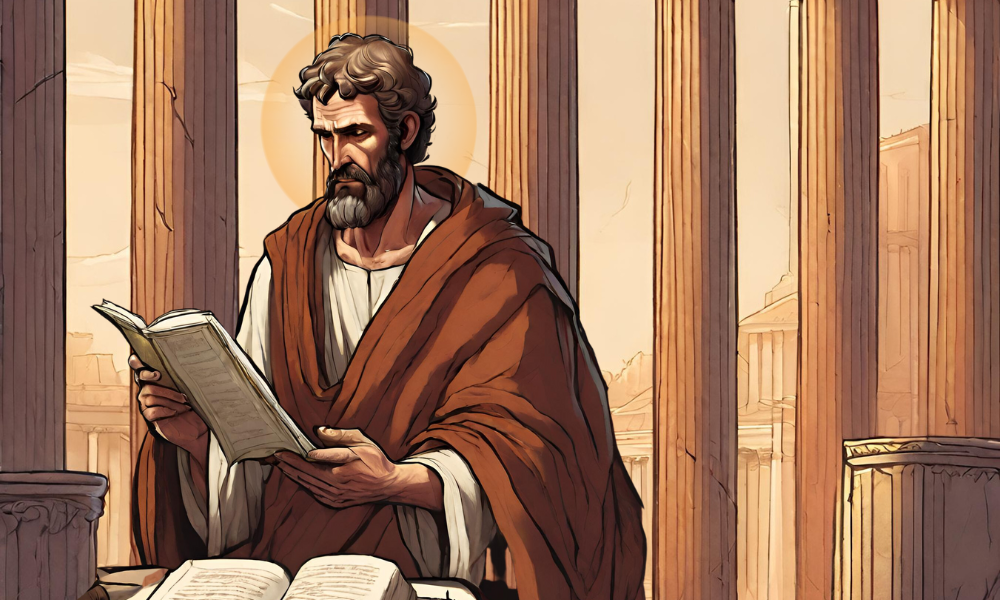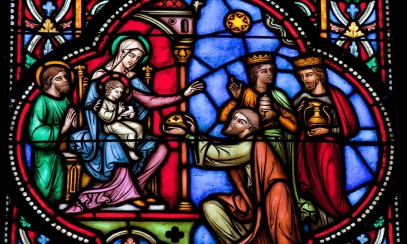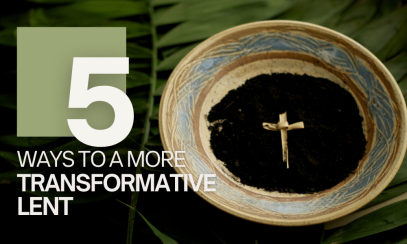
St. Luke, the friend of Mary
Did you know that the Gospel of Luke is considered the "Marian Gospel"? It is said that the Virgin Mary met St. Luke after Jesus ascended into heaven and wrote his Gospel thanks to the conversations between them and the close friendship they shared.
Did you know that the Gospel of Luke is considered the "Marian Gospel"? It is said that the Virgin Mary met St. Luke after Jesus ascended into heaven and wrote his Gospel thanks to the conversations between them and the close friendship they shared.
The radical difference between St. Luke and the other three evangelists is that they lived with Jesus; they knew him, they were his disciples and everything they tell us is from personal experience.
St. Luke did not share personally with Jesus. He met the other apostles after the Ascension. It is curious that the details and precision of the data found in the Gospel of St. Luke are much more substantial and rigorous than in the other three, despite not having seen Christ face to face. Luke’s experience and mission are very similar to what we — and millions of other people throughout history — have lived. We met Jesus because someone else told us about him and his life.
It is interesting that in the Gospel of Luke there are many key stories and episodes that are not in the other three, for example the childhood of Jesus, the conception of St. John the Baptist, the Magnificat, the visit of the Mary to her cousin Elizabeth, the birth of John the Baptist, the circumcision, the prophecy of Simeon and many others. Furthermore, a third of the miracles and three quarters of the parables are exclusive to this Gospel. St. Luke is the evangelist who names the Virgin Mary the most times, the one who best describes the kindness of Jesus. His text is known as “the Gospel of prayer” because it describes how Jesus prioritized prayer, especially during the most important moments of his life.
It is also said that St. Luke painted several pictures of Mary and the child. The following works are still standing and can be visited; however, they are a source of controversy due to their age being transferred from place to place in antiquity: The Hodegetria in Constantinople, Salus Populi Romani in the Basilica of St. Mary the Greater in Rome, the Black Madonna or Our Lady of Częstochowa in Poland, and Our Lady of La Guarde in Bologna, Italy.
Why is the Gospel of St. Luke so rich in detail, experiences and data when he was the only one who did not know Jesus personally? There are two answers to this question: one that has bibliographic support, and another that is assumed by Tradition. The first is because we know he was a traveling companion of St. Paul because the latter names Luke in his letters.
The second answer is assumed by Tradition and arises when reading the prologue of Luke’s Gospel where it says: “I too have decided, after investigating everything accurately anew, to write it down in an orderly sequence for you …” (Lk 1:3). From these words it is assumed that St. Luke wanted to “interview” the people closest to Jesus, including the Virgin Mary, to make known what happened. Another factor that makes his Gospel more structured and easier to read is because he was a doctor and therefore very literate.
These historical data, the quality of the writings of St. Luke and the legacy of the works of art with Jesus and Mary, show us that the friendship between the Virgin Mary and St. Luke. It is one of the most valuable through which we know details of the hidden life of Jesus.
Let us follow the example of the evangelist: let us approach Mary so that she may be the one who reveals to us the secrets of the heart of Jesus and allows us, at the moment of our death, to see his face.
Lea el artículo en español aquí: https://themiscellany.org/san-lucas-el-amigo-de-maria



